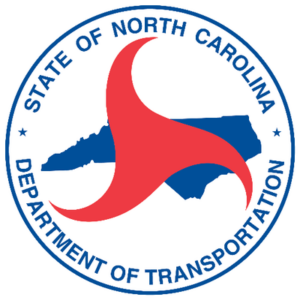
The North Carolina Governor’s Highway Safety Program (NCGHSP) is working with researchers this month to determine the statewide official seat belt use rate.
“Researchers will be observing several areas, primarily our larger metropolitan: Mecklenburg County which has experienced a sharp decline of nearly eight percent,” said Mark Ezzell, NCGHSP Director.
Researchers with N.C. State’s Institute for Transportation Research and Education will be conducting roadside surveys now through the end of the month across 120 randomly selected sites; observing belted and unbelted drivers and passengers.
Last year’s statewide seat belt usage rate was 88.4 percent, which was down from 91.3% the previous year. In 2017 the rate stood at 91.4%.
“While this this three-year trend is still above the average of many states, a slight decline in numbers reflects thousands of individuals who are simply choosing not to protect themselves and others around them,” said Ezzell.
Fast facts:
The North Carolina Governor’s Highway Safety Program (NCGHSP) is working with researchers this month to determine the statewide official seat belt use rate.
“Researchers will be observing several areas, primarily our larger metropolitan: Mecklenburg County which has experienced a sharp decline of nearly eight percent,” said Mark Ezzell, NCGHSP Director.
Researchers with N.C. State’s Institute for Transportation Research and Education will be conducting roadside surveys now through the end of the month across 120 randomly selected sites; observing belted and unbelted drivers and passengers.
Last year’s statewide seat belt usage rate was 88.4 percent, which was down from 91.3% the previous year. In 2017 the rate stood at 91.4%.
“While this this three-year trend is still above the average of many states, a slight decline in numbers reflects thousands of individuals who are simply choosing not to protect themselves and others around them,” said Ezzell.
Fast facts:
- If you’re ejected from a vehicle in a crash, odds are that you will not survive. In 2018, 84% of the people totally ejected from passenger vehicles in crashes were killed.
- Wearing your seat belt is the most effective way to prevent ejection; only 1% of passenger vehicle occupants wearing seat belts were ejected in fatal crashes, compared to 33% of those who were unrestrained.
- Previous studies indicate that women buckle up more than men and people between the ages of 45 and 64 lead the way in seat belt usage.
- Males are more likely than females to be unrestrained in fatal crashes.
- Younger people continue to be overrepresented in fatal crashes and seat belt nonuse. In North Carolina those between the ages of 16 and 24 are most at risk.
Of the 100 counties around the state, 15 have the most unstable rates:
- Mecklenburg
- Pender
- Robeson
- Sampson
- Columbus
- Alamance
- Buncombe
- Catawba
- Cleveland
- Durham
- Forsyth
- Guilford
- Nash
- Wake
- Wilkes
“As we approach the month of October, which is by far the deadliest month on our roadways, we need people to start buckling up again and ultimately reduce the injuries and deaths in motor vehicle crashes we are seeing,” said Ezzell.
Seat belt use rate results are necessary to qualify for federal seat belt incentive grants. Those federal funds are used for initiatives that support the elimination of preventable roadway deaths across North Carolina.
